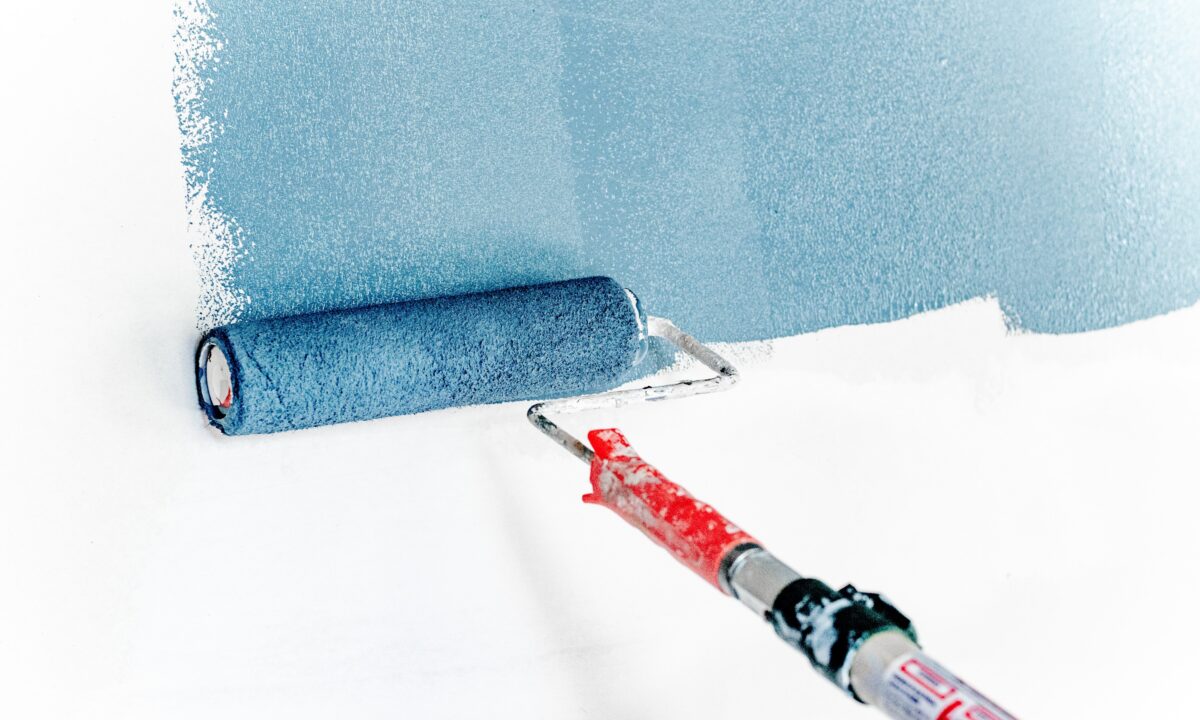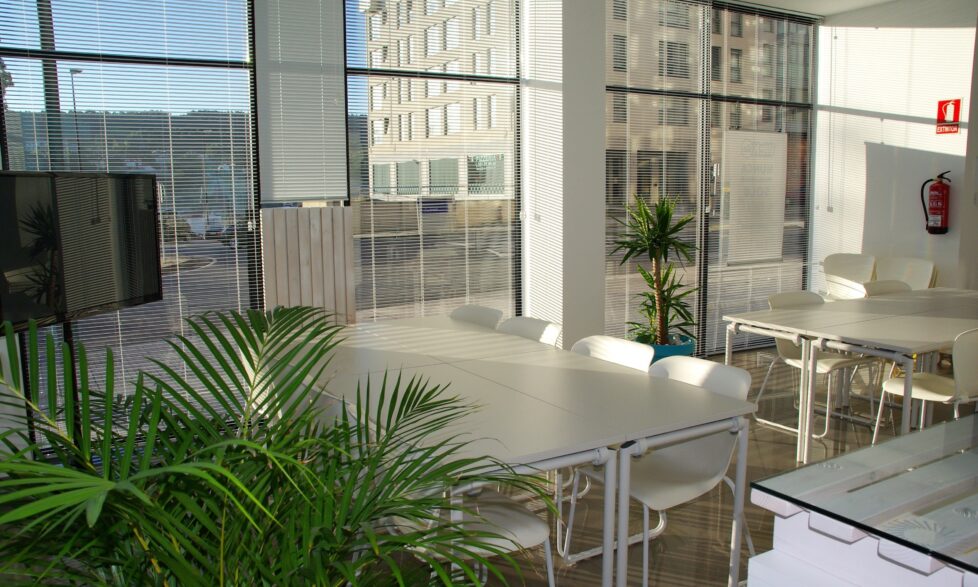Why tackling indoor air pollution - the silent killer - can benefit your business
The other day I read that we spend 90% of our time indoors and immediately thought, “this can’t be true”. But when I broke it down I realised that it meant, on average, we spend less than 2.5 hrs outside each day. For those who commute to work by car or train, use their cars to get about at the weekend, spending time in shopping centres, cinemas and restaurants, you can begin to see how this could easily be true for many people in developed countries.
And this is concerning when we consider indoor air quality and its health effects – which are estimated to have contributed to 99,000 deaths across Europe in 2012.
While most know about outdoor air quality, we have missed the silent killer in our homes, our workplaces and even in the places we go to relax and enjoy ourselves. Perhaps even more alarming is how this might be disproportionally affecting our children, as a recent study revealed that air quality is worse inside London schools than outside.
Invisible causes of indoor air pollution
So, what’s causing this pollution? An awful lot, according to Clean Air Day – ranging from smoking, damp, mould and faulty boilers to the less obvious ‘hidden’ causes like chemicals being ‘off-gassed’ from new furniture, carpets, and paints (these are known as VOCs or volatile organic compounds). Even the products we use to clean our homes and offices contribute.
But while we have every right to be worried, there are also plenty of positive signs that we are moving in the right direction.

Why tackling indoor air pollution is a win-win for businesses
Customer demand: Awareness is on the rise, and it’s increasingly something businesses are talking to their customers about. For example, Kingfisher, the parent company of B&Q and Screwfix, has conducted research with its customers across Europe and discovered just how important healthy and toxin-free homes are to them. As a result, it’s aiming for 20% of its sales to be from products that help customers create healthier, safer homes by 2025.
Wellbeing and productivity: While indoor air pollutants affect overall health, studies are now also linking indoor air quality to cognitive function and mood. Inadequate ventilation, elevated levels of carbon dioxide (CO2), and indoor pollutants can hinder our ability to focus and concentrate. Building standards such as the WELL Building standard, BREEAM and SKA all address the issue of indoor air quality and are making it easier for developers and occupiers to create better indoor environments.
Addressing poor indoor air quality may become a higher priority for companies seeking to improve their bottom line. International engineering consultancy Cundall used the WELL building certification process in the refurbishment of its HQ at One Carter Lane in London. It found that the additional construction cost per employee of WELL was between 1-3% depending on how early it is considered during the process. Coming at £200 per employee, this is good value for money for Cundall (see tomorrow’s follow-up blog for more information).
Product manufacturers are also tapping into this trend by designing, and developing products that will enable companies to meet the air quality standards demanded by building certification schemes.
Alan Fogarty, Sustainability Partner at Cundall; “Staff have responded really positively to our use of the WELL standard with people commenting that air quality is really good. In the first year, we noticed a 50% reduction in absenteeism.”

Increased footfall and more sales: A 2017 report by UK Green Building Council (UKGBC) revealed that retail environments with a better indoor environmental quality (including fresh air, daylight and positive views) enjoyed a better ‘dwell time’. This correlates with increased sales. Given the challenging times that high street retailers are facing, making their stores places customers want to spend more time in is likely to be a key differentiator in the future as we move from the store as a place to “sell goods” to a place to “experience and engage with the brand”.
We are already beginning to see this happening with luxury fashion brand Stella McCartney just announcing that it has fitted its new London store with cutting-edge filter technology in a bid to create the capital's cleanest pocket of air.
Check out the 5 ways your business can improve indoor air quality, as well as some examples of those already benefiting from getting started on this journey.







